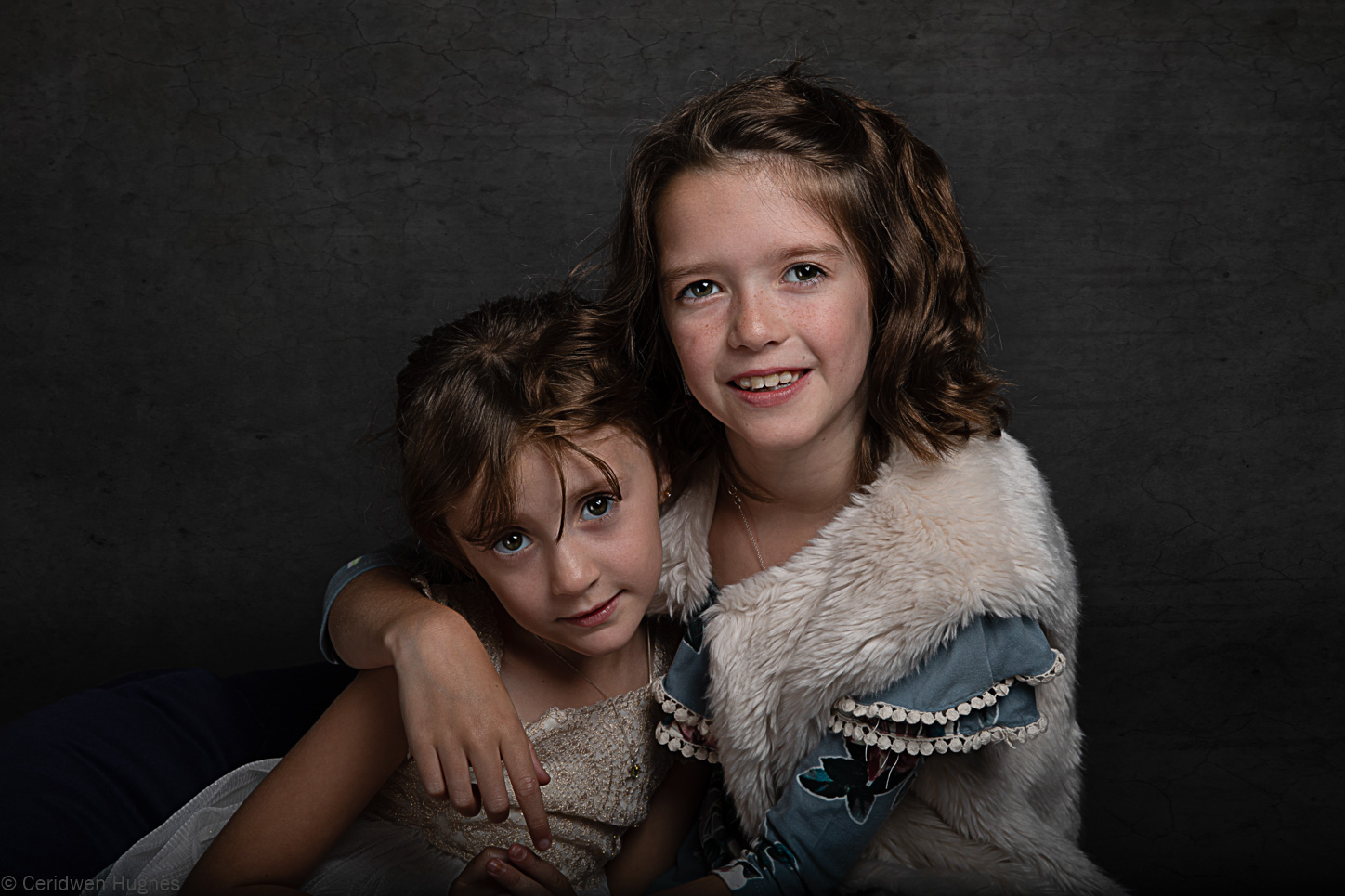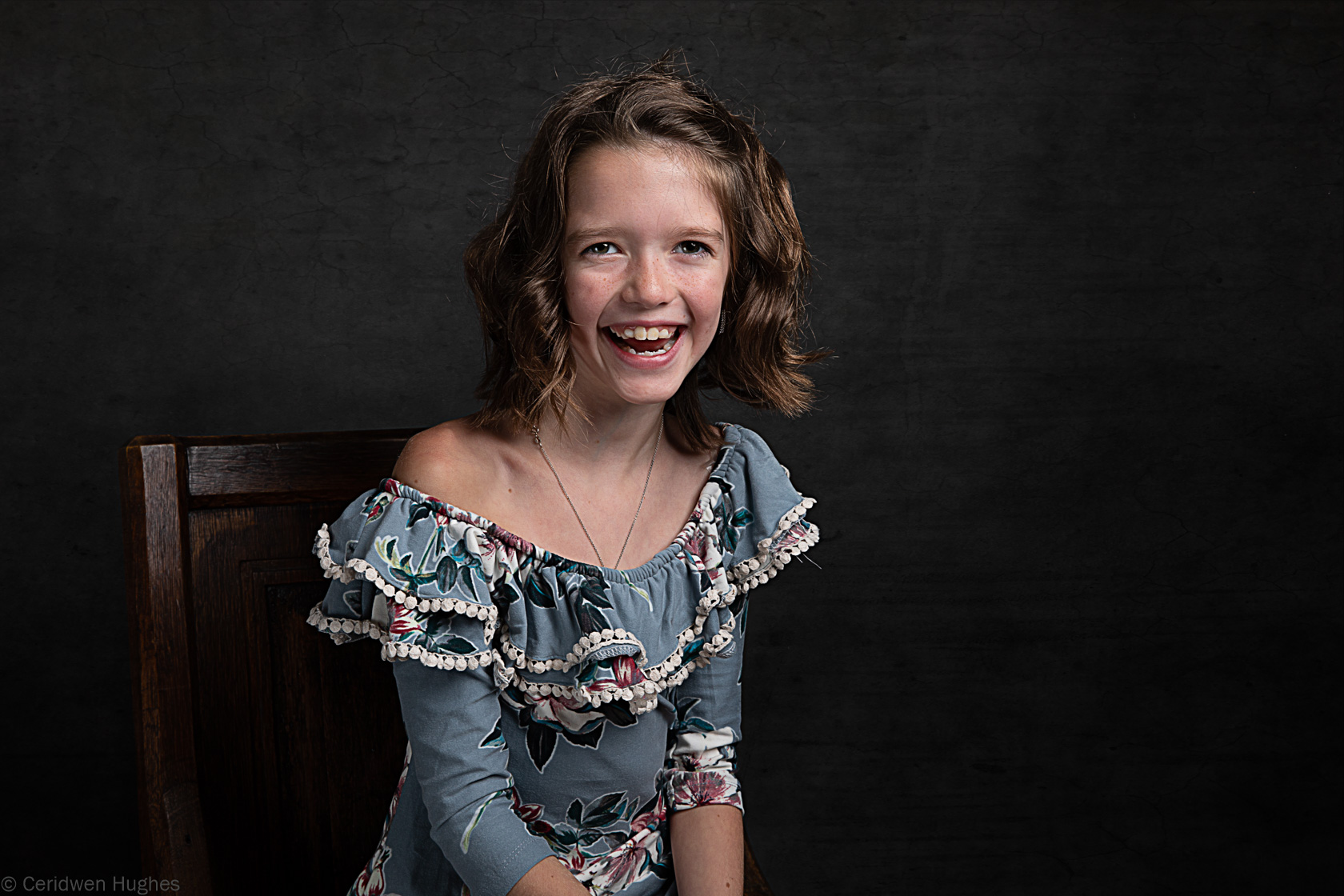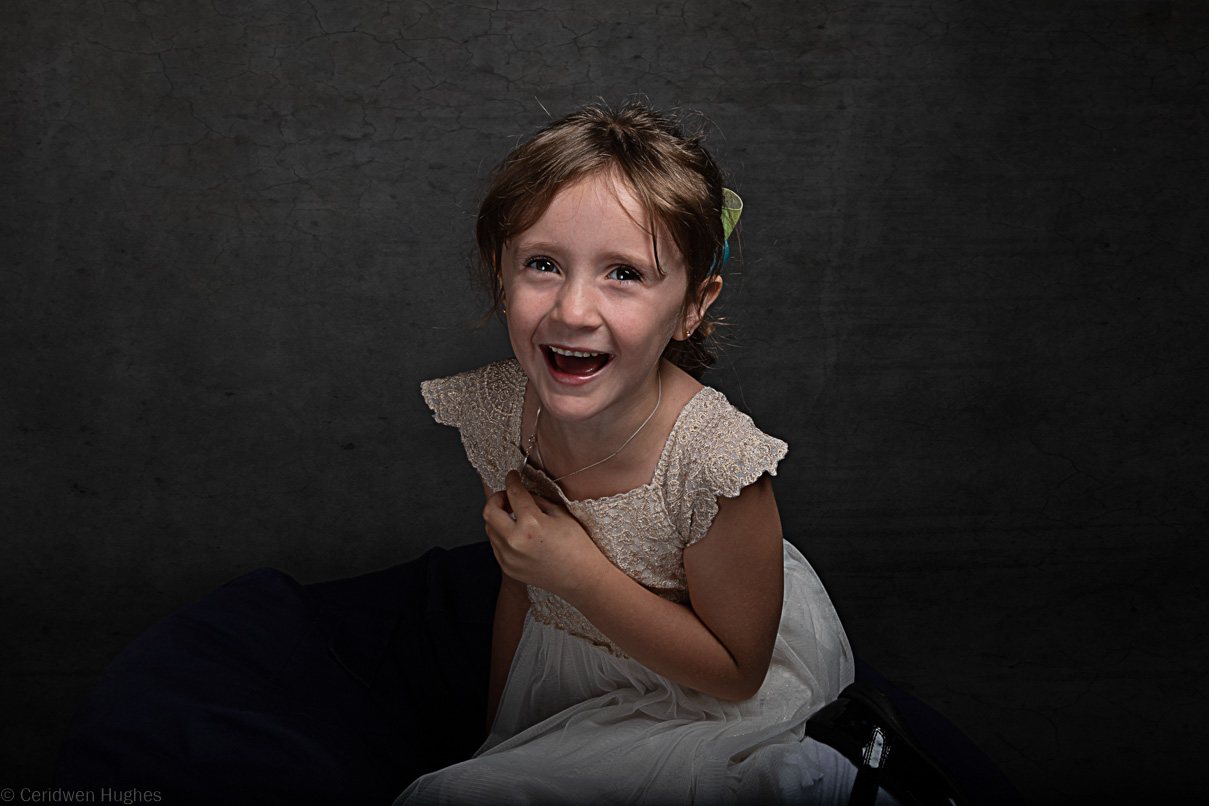Poppy and Ffion - Marfan Syndrome
Poppy and ffion recently visited the studio so they could highlight Marfan Syndrome. The girls and their mum explained how the condition affects them.
“I’ve got two girls, one’s 8 and one’s 5. Totally different. Poppy’s who’s 8, is all girly, girly. Likes here clothes, likes make-up, like’s her ipod. And then we’ve got Ffion who is into Avengers, football, on the rare occasion she’ll wear a dress, but they do love each other and they do get on to be fair. Sometimes Poppy will get a bit naggy, but older sister do don’t they.
They’ve got a condition called Marfan Syndrome and it affects the connective tissue, the heart, the eyes, the spine, the skeletal features
Their dad has Marfan Syndrome and this was passed on from his mum. His brother has it as did his nana. Both girls have been tested for the condition now and it has been confirmed.
Poppy is affected in a number of ways. She has started getting dislocation of the lens and has to wear glasses. She also has a slight regurgitation in the heart area and she’s hypermobile (she’s very flexible) although not as flexible as Ffion. Poppy also suffers with a lot of pain in her legs and her arms, all her joints really and she gets tired very easily.
Ffion’s very similar, although her lenses are ok, but she does have a heart murmur and regurgitation as well. This is where the blood pumps into the heart but it can’t pump out properly. It means they can become breathless and so they have to be careful when they do sports and stuff. Ffion was doing football but we had to stop her because she was getting too breathless.
They both have quite a few check ups, for example, they have heart check-ups, Poppy every 12 months, Ffion every 6 months. They have eyes appointments, Ffion has physio, she goes to Alder Hey. They see a pediatrician every 6 months. They go to Gobowen to see about their bones and there are several other checks too.
In the long term they will get arthritis, probably need a heart operation because of the valve, probably chest reconstruction and because of the way it affects their joints they may end up in a wheelchair. They do get frustrated sometimes because they can’t do the same as everybody else but they have not really known any different.
Despite all their health issues, they don’t give up on anything and I am so proud of them. You wouldn’t think there was anything wrong with them, to look at them, but it’s very difficult.”
Marfan Syndrome
Marfan syndrome is a genetic disorder that affects the body’s connective tissue. Connective tissue holds all the body’s cells, organs and tissue together. It also plays an important role in helping the body grow and develop properly.
Connective tissue is made up of proteins. The protein that plays a role in Marfan syndrome is called fibrillin-1. Marfan syndrome is caused by a defect (or mutation) in the gene that tells the body how to make fibrillin-1. This mutation results in an increase in a protein called transforming growth factor beta, or TGF-β. The increase in TGF-β causes problems in connective tissues throughout the body, which in turn creates the features and medical problems associated with Marfan syndrome and some related disorders.
Because connective tissue is found throughout the body, Marfan syndrome can affect many different parts of the body, as well. Features of the disorder are most often found in the heart, blood vessels, bones, joints, and eyes. Some Marfan features – for example, aortic enlargement (expansion of the main blood vessel that carries blood away from the heart to the rest of the body) – can be life-threatening. The lungs, skin and nervous system may also be affected. Marfan syndrome does not affect intelligence. (source: marfan.org)



